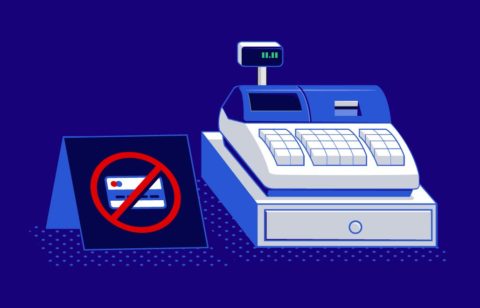Debt consolidation can be a powerful tool for anyone struggling to manage their finances. It can help you streamline your payments, lower your interest rates, and get on track to a debt-free future. Balance transfer credit cards are a common option for consolidating credit card debt—in this post, we’ll discuss some things you should know about them.
Understanding Zero-Balance Transfer Cards
Zero balance transfer cards are a popular choice for people looking to consolidate credit card debt. They offer a 0% interest rate for a period of time—typically 6 to 15 months. This interest-free window can give you a chance to pay down your balance without accruing new interest.
2023’s Best Cards for Balance Transfers
The financial market is dynamic, but some options have emerged as true standouts. According to NerdWallet, some of the top contenders in 2023 include the BankAmericard® credit card, Wells Fargo Reflect® Card, and the Chase Slate Edge℠, each offering impressive 0% introductory APR periods and various additional features.
Lock In Low Interest Rates
If you’re looking for a long-term solution, several cards offer fixed low interest rates for the life of your debt. PenFed’s Promise Visa, Simmons First, and Barclaycard are all reliable options, providing stability and predictability as you work towards your financial goals.
Act Quickly
It is important to act quickly when securing the best balance transfer deals—banks are shortening the timeframes for balance transfers at discounted rates.
Consider Potential Challenges
Balance transfer offers are typically only available to new customers. Eligibility requirements vary, and creditworthiness is a key factor. Former customers of certain banks may face restrictions, but with research and effort, it is possible to find the right offer.
Maximize Your Savings with Balance Transfers
Balance transfers can be a smart way to save money on high-interest debt. By moving your balance to a card with a lower interest rate or a 0% APR offer, you can significantly reduce your monthly payments and get out of debt faster. However, it’s important to factor in the balance transfer fee, which is typically 3% to 5% of the transferred amount, to make sure the benefits outweigh the costs.
Take a Strategic Approach to Balance Transfers
To execute a balance transfer successfully, it is important to be thoughtful and consider everything that’s involved—including your current interest rate, the balance transfer fee, the length of the 0% interest period and your ability to pay off the balance within that timeframe. Using balance transfer calculators can help you make informed decisions and choose the best card for your needs.
Taking the first step towards financial freedom is empowering and liberating. With the right balance transfer credit card, you can consolidate your debt, benefit from lower interest rates and start building a brighter financial future. Explore your options carefully, stay informed and talk to a financial advisor to get more information specific to your needs. Remember, the path to financial freedom is not easy, but it is possible with determination and the right tools.







